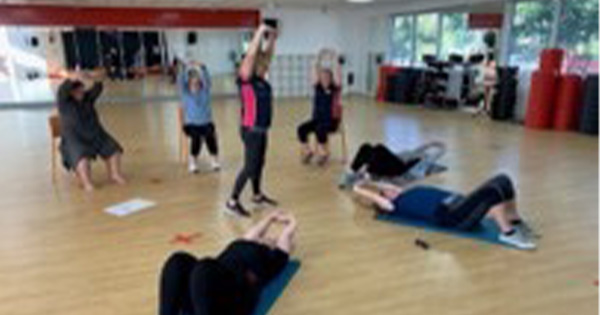<p>Background: Exercise is an essential part of lymphoedema treatment; however, it’s important to consider the level of exercise intensity in lymphoedema patients. Aim: To examine the effects of one session of strong exercise, which included extreme weight-bearing to the limb affected by lymphoedema. Methods: A 66-year-old female patient with breast cancer–related lymphoedema (BCRL) attended the oncological rehabilitation unit in May 2012. The patient was evaluated and trained about prevention and control methods for lymphoedema. She then entered a routine exercise programme that included range-of-motion, proprioceptive neuromuscular facilitation, posture and breathing exercises. In addition, she attempted to perform non-prescribed exercises that she saw on television; after this, she reported feeling that the exercises were difficult for her arm. After completing the exercises, she recorded by self-measurement that the lymphoedema increased. She then re-attended our unit for advice and was re-evaluated. Results: The summated difference of circumference measurements between the upper extremities increased from 9.3cm to 17.7cm. The increases were greater than 2cm at five of 11 locations. Conclusions: One session or inappropriate and unadvised exercise intervention can increase arm circumference and volume. Ideally, any exercise programme should be administered and overseen by a professional familiar with lymphoedema, who must consider the principle of the individuality of exercise. Further frequent checks of outcomes should be performed. Only a thorough assessment can guide the selection of the most suitable exercise programme, and educate about the dangers of difficult activities to reduce the risk of exacerbation of lymphoedema.</p>




